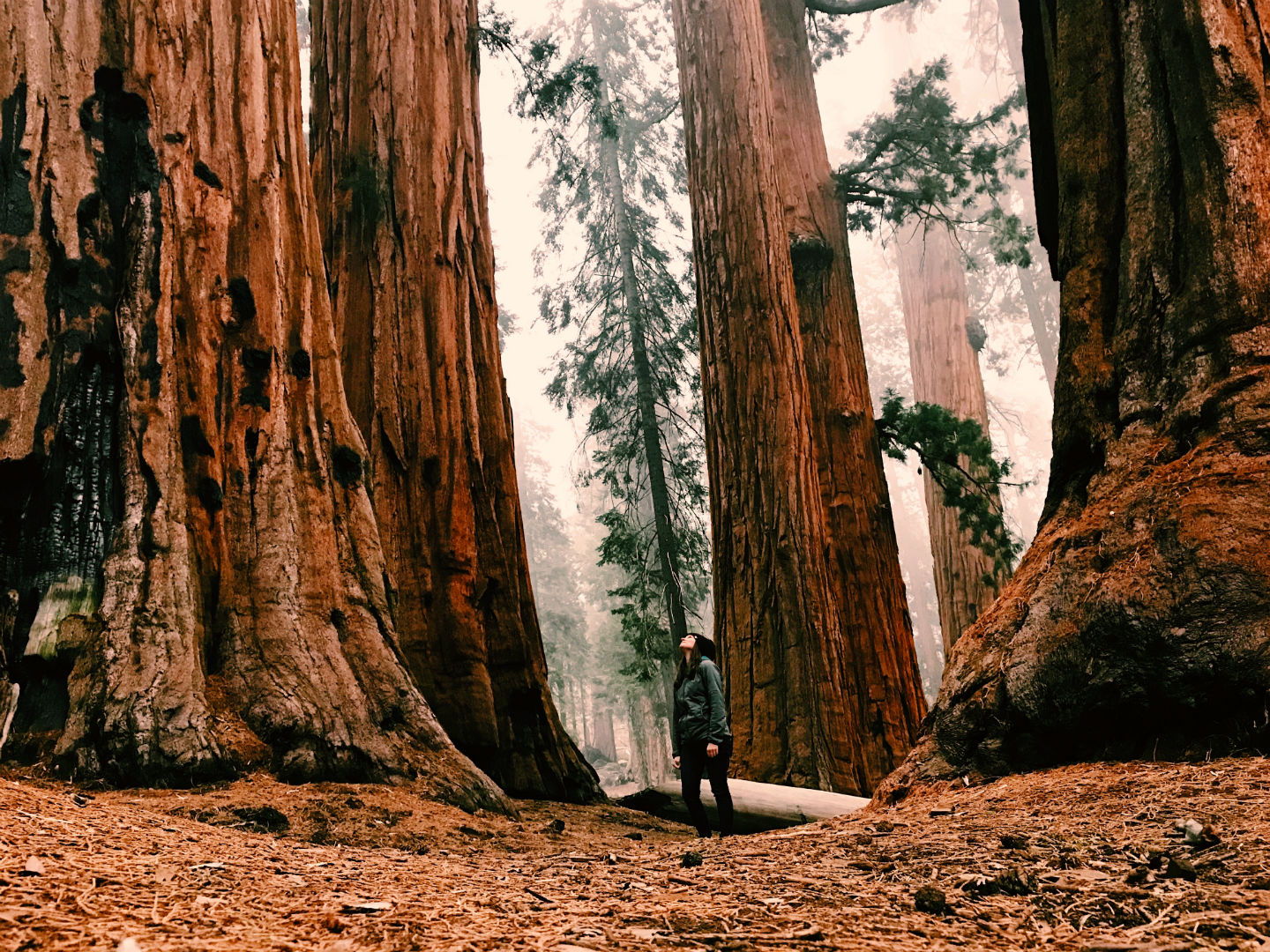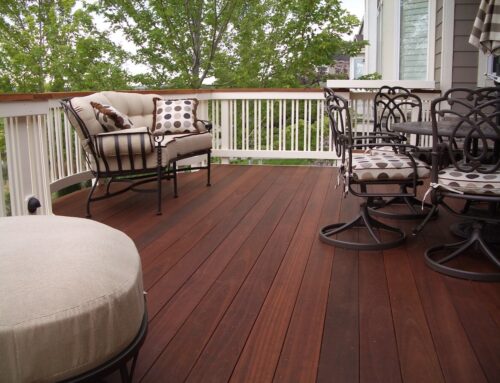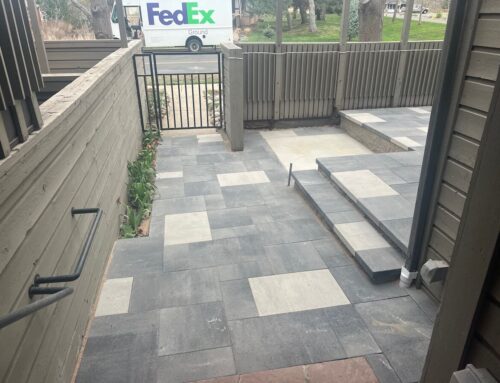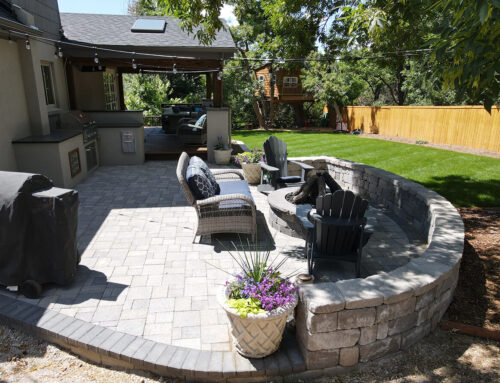From ornate Victorian San Francisco homes to modern outdoor decks, Redwood has been the gold standard for exterior wood construction in the western United States since settlers headed west during the California Gold Rush. The wood has also been cherished in other parts of the country where it’s been less available and very costly. It’s no wonder heart redwood is so beloved! These majestic trees are insect and disease resistant, richly-colored and beautiful from naturally-occurring tannins, which are also found in red wine, rhubarb, cranberries, oak, tea, and other plants.
But Redwood isn’t just known for its good looks! These iconic trees “tower” over other types of wood with their hardiness and durability. Redwood is naturally weather, insect and rot-resistant, and doesn’t warp or grow brittle over time.
Despite efforts to preserve diminishing Redwood stands, beginning in 1910, resulting in establishing preserves at California’s Jedediah Smith, Del Norte Coast, and Prairie Creek Redwoods State Parks, by the 1960s, 90 percent of all old-growth Redwoods had been logged and reforested. Redwood National Park was established in 1968 and more land was added by Congress in 1978. Meanwhile logging has continued at privately-held land throughout the region.
Steve Sparhawk, DeckTec owner, explains that lumber professionals intended to turn Redwood into a sustainable resource by carefully planting single-species stands of new trees starting about 40 years ago. But things haven’t worked out exactly as planned. While old-growth Redwood consists of roughly 80 percent rich red heartwood – historically more affordable than the outer-ring architectural higher grade B-grade wood with fewer knots and imperfections, the newly-planted trees, it turned out, were reversed with less heartwood and more B-grade.
Now that this previously more costly and desirable “B” wood has become more economical, Sparhawk said, ironically consumers are wanting the traditional construction heartwood of the past that they know and love with its familiar knots and “character,” but which was considered a lower grade of wood.
Go figure!
“That’s the big change in the industry,” Sparhawk said. “If you’re lucky enough to have a Redwood deck and have cared for it over the years, it is more valuable than ever. There’s a strong case for having your existing Redwood deck professionally maintained and restored. It’s time to take care of it because Redwood is a limited resource these days.”
DeckTec has shifted away from the Heart Redwood because of supply issues and the increasing demand for even more premium materials, instead working increasingly with two great hardwoods, Ipe and Mahogany. Ipe, also known as Brazilian walnut, Brazilian Redwood, or Ironwood. DeckTec still features decks from B-grade Redwood decks as well as Western Red and Select Tight Knot Cedar, and is testing new wood decking material.






Leave A Comment